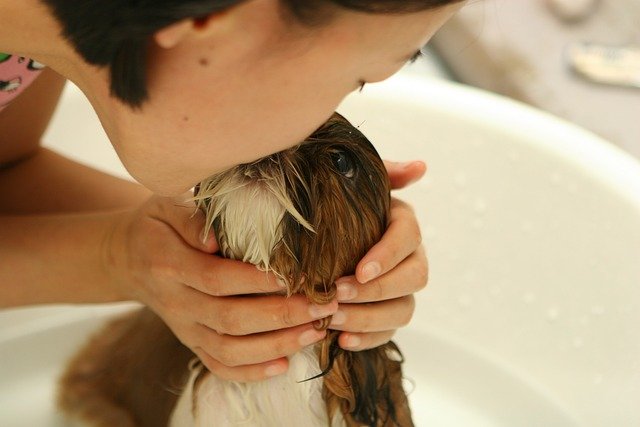Step-by-step guide to introducing a new companion at home
Bringing a new companion into your home is an exciting transition that benefits from planning and patience. This guide outlines practical, step-by-step approaches for settling a new pet, covering grooming, nutrition, behavior, identification, and integration so you can create a calm, healthy environment for everyone involved.

Grooming and sanitation routines
Start by setting predictable grooming and sanitation routines before your new companion arrives. Gather essential supplies—brushes, nail clippers, shampoo suitable for the species, towels, and cleaning solutions for accidents. Regular grooming helps reduce stress, gives you chances to inspect skin and coat, and strengthens bonding. Sanitation practices, such as washing bedding, cleaning litter areas, and disinfecting food bowls, help prevent illness. Establish a schedule for basic care and introduce handling gradually so grooming becomes a calm, cooperative activity rather than a source of anxiety.
Nutrition and vaccination planning
Plan nutrition according to age, size, and any known health needs. Transition to a new diet slowly over a week to avoid digestive upset: mix increasing proportions of the new food with the old. Keep fresh water accessible and choose high-quality food formulated for the animal’s life stage. Schedule an initial veterinary visit to confirm vaccination status and set up booster or routine vaccines as recommended. This article is for informational purposes only and should not be considered medical advice. Please consult a qualified healthcare professional for personalized guidance and treatment.
Behavior and training strategies
Observe natural behavior patterns the first days at home and use positive, reward-based training to set expectations. Establish consistent routines for feeding, potty breaks, and quiet time; predictability reduces stress and speeds adjustment. Short, frequent sessions work better than long ones—aim for multiple 5–10 minute sessions daily to teach basic cues. Incorporate exercise to reduce excess energy and prevent problematic behaviors. If persistent issues arise, seek guidance from a certified behaviorist or trainer who can assess triggers and create a tailored plan.
Integration at home and enrichment
Introduce a new companion to household members and other pets gradually, using neutral meeting areas and controlled, supervised interactions. Keep initial encounters brief and positive, and separate animals when unsupervised until relationships stabilize. Provide enrichment—puzzle feeders, safe toys, scratching posts, or scent-based exploration—to keep the animal mentally stimulated and support emotional wellness. Enrichment reduces boredom-related behaviors and aids socialization. Tailor enrichment to changing needs as the companion matures or ages, and rotate toys and challenges to maintain interest.
Identification, microchipping, and supplies
Ensure reliable identification from day one: secure a properly fitted ID tag with contact details and register a microchip if appropriate for the species. Microchipping offers a permanent link to contact information if collars are lost. Keep records of vaccinations, microchip numbers, and veterinary visits organized among your supplies like carriers, first-aid kits, and spare leashes. Review local services for registration and licensing requirements in your area. Proper identification and access to emergency supplies reduce stress during unexpected situations and support rapid reunification.
Travel, aging, and ongoing wellness
Plan for safe travel by selecting an appropriate carrier or restraint and familiarizing your companion with it well before trips. For aging pets, adjust exercise, nutrition, and enrichment to match mobility and sensory changes; provide supportive bedding and easier access to food and litter areas. Maintain regular veterinary wellness checks to monitor chronic conditions and adjust care as needed. Consistent exercise, tailored nutrition, sanitation, and preventive care form the backbone of long-term wellness and help preserve quality of life through different life stages.
Introducing a new companion at home is a gradual process that combines practical preparation with attention to emotional needs. By planning grooming and sanitation, creating nutrition and vaccination plans, using positive behavior and training techniques, integrating enrichment, securing identification, and considering travel and aging needs, you create a stable environment for a successful transition. Observe and adapt as the companion settles, and prioritize predictable routines to support confidence and wellbeing.





